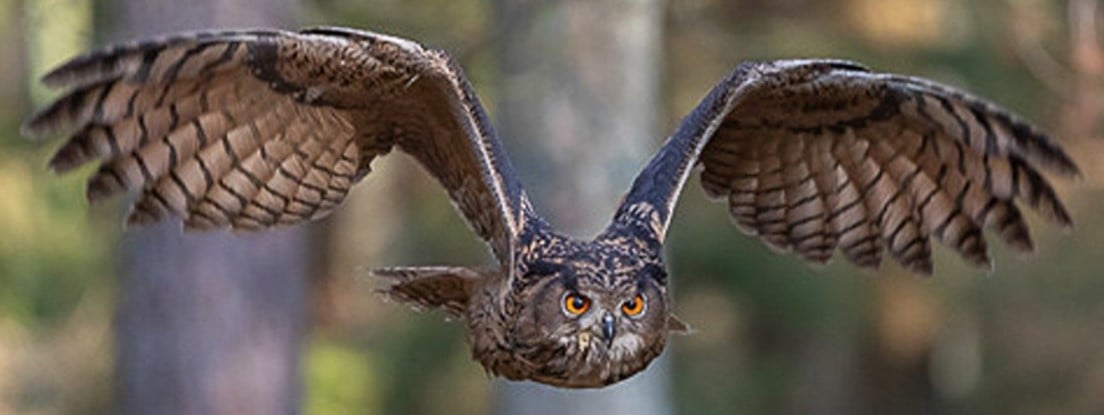From Weekly Times
A biological rodent control initiative founded by a Sunshine Coast local was crowned this year’s winner of The Hatch: Taronga Accelerator Program, taking home a massive cash prize.
Biological rodent control initiative Owls Eat Rats was crowned this year’s winner of The Hatch: Taronga Accelerator Program, taking home a massive $50,000 cash prize.
Founded by Sunshine Coast local Alastair Duncan, Owls Eat Rats is a landscape-level initiative that supports barn owl populations as a natural, long-term solution for rodent control in agriculture.
Through the installation of nesting boxes, hunting roosts and ecological monitoring, Owls Eat Rats promotes “the return and ongoing presence of these native predators in farming landscapes as an alternative solution to rodenticide”.
Mr Duncan said many farmers were forced to use environmentally damaging poisons for rodent-control because they can’t access other options.
“The most widely used are anticoagulant rodenticides that are really harmful to the environment and not great for our food,” Mr Duncan said.
Australia’s rats have also developed a “genetic resistance” to many chemicals used by farmers, Mr Duncan said.
“They’ve got this genetic immunity to these really toxic poisons, so the only response is to double down on more poisons,” he said.
“So the efficacy is dropping but the concentration of these chemicals in our wildlife is going up.”
As an alternative, Mr Duncan’s initiative builds “beautiful, safe habitats” that draw owls to farmland.
“They [control rodent populations] the natural way and it’s a year-round protection,” he said.
On Wednesday, June 25, Mr Duncan was one of nine founders of six start-ups who went head-to-head in a competitive pitch event held at Taronga Zoo in Sydney.
After what Mr Duncan called “a privilege and fantastic opportunity to engage with like minded change-makers,” in the program, Owls Eat Rats was awarded the grant.
“Winning is mind-blowing and the money is huge, but the actual program itself was amazing,” Mr Duncan said.
“We came in with this beautiful idea and some great research, but we walked away with all these amazing contacts and a 12-month plan for how to bring this idea forward.
“Even if we didn’t win the prize, we would be so well placed for what comes next.”
Taronga Conservation Society Australia chief executive officer, Cameron Kerr AO said he was “incredibly impressed” by the calibre of this year’s Hatch cohort, especially Owls Eat Rats.
“Each of the start-up founders offered thoughtful and practical solutions to some of the most urgent environmental challenges,” he said.
“We’re excited to see where [Owls Eat Rats] goes next, and we’re immensely grateful to our donors for backing early-stage ideas like this.
“With their continued support, we can help turn groundbreaking thinking into lasting environmental impact."


That's one hungry kitty!
I had to look it up, it's a Norwegian Forest Cat here, which looks to be exactly what Skogkatt means. I've only seen one and it was the most distinct looking cat I've ever seen. Its facial structure is so unique! I really wanted one for a while and never came across one again, so I just cat-sat my neighbor's Maine Coon while she traveled. 😁
We had a regular tabby that was outdoors originally and it brought home a big chunk of pheasant one day and we always wondered if he killed it or just found it.
Ah, maincoons are very different despite both breeds being big and furry.
Skogkatts are redomesticated after going feral in the woods and are a bit different from most cats in temperament.
The Forest Cats are not usually super cuddly, but like to be nearby. Smart and social with humans. My favourite breed now.
We lucked into ours, she was a rescue kitten from a crackhouse. We needed a hypoallergenic cat and forest cats are, somewhat.